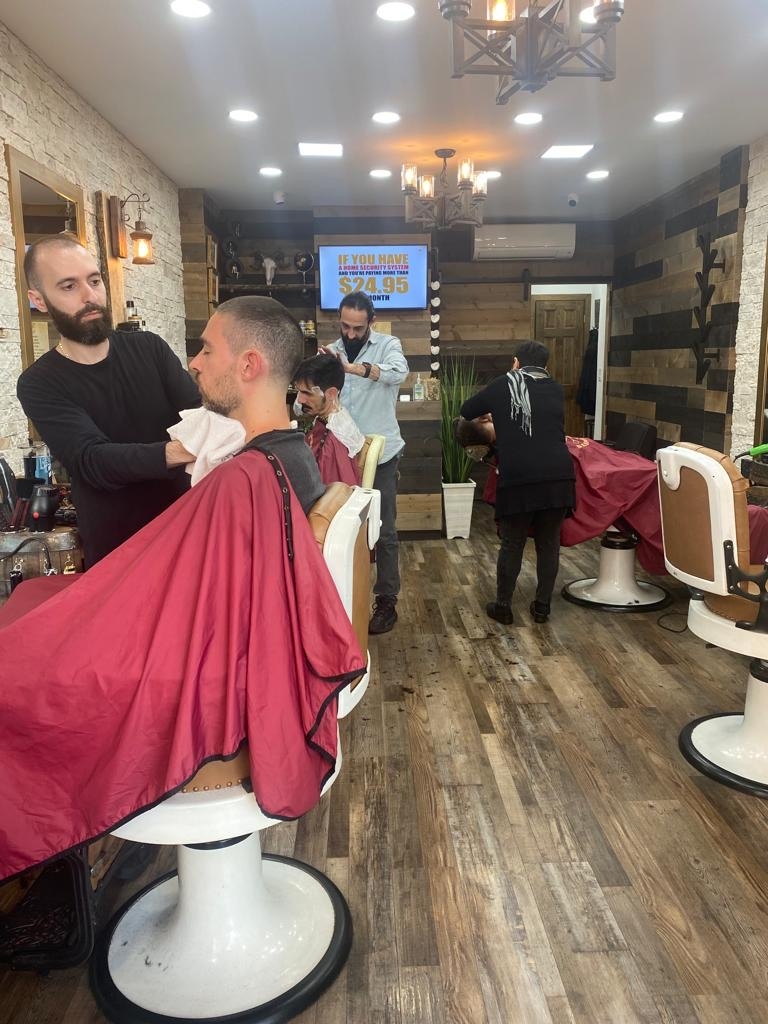

Achieving a well-defined jawline through beard sculpting involves carefully shaping the beard to accentuate the natural contours of the face. By trimming the beard shorter on the sides and leaving more length at the chin, one can create a sharper, more angular jawline. Precision is key in sculpting the beard to enhance the jawline, as even small adjustments can make a significant difference in the overall appearance.
The best tools for precise beard sculpting include a high-quality trimmer with adjustable settings, sharp scissors for detailing, and a fine-toothed comb for guidance. Additionally, using beard oils or balms can help soften the hair and make it more manageable during the sculpting process. Investing in quality tools and products is essential for achieving a well-groomed and sculpted beard.
https://podcasts.apple.com/us/podcast/mr-tapers-barber-life/id1678890979?i=1000647933253
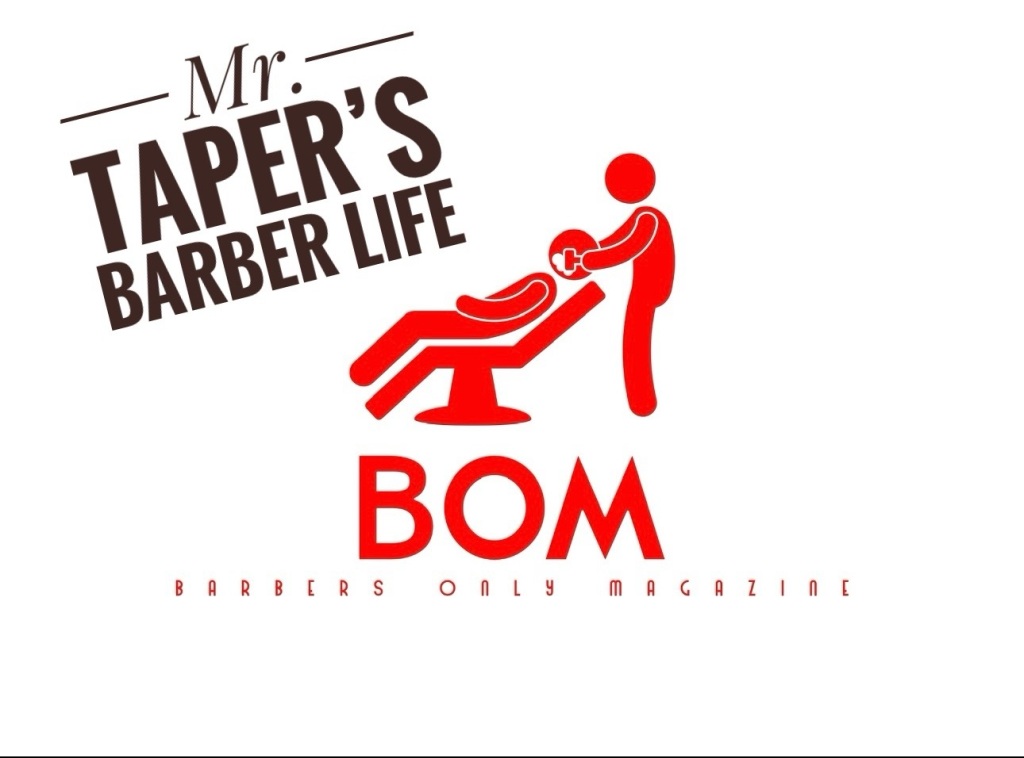
Posted by on 2024-03-11
Tax write-offs for barbers can be a great way to save money on taxes. Barbers can take advantage of a variety of deductions and credits to reduce their taxable income and save money. Here are some of the most common tax write-offs for barbers in 2024. 1. Professional Expenses: Barbers can deduct expenses related to […]

Posted by on 2024-01-02
youtube.com/watch
Posted by on 2023-11-13
Yes, it is possible to create different beard shapes and styles through sculpting techniques. From a classic full beard to a trendy goatee or a stylish stubble, the possibilities are endless. By experimenting with different lengths, angles, and shapes, one can customize their beard to suit their unique style and facial features. Beard sculpting allows for creativity and personal expression in grooming.
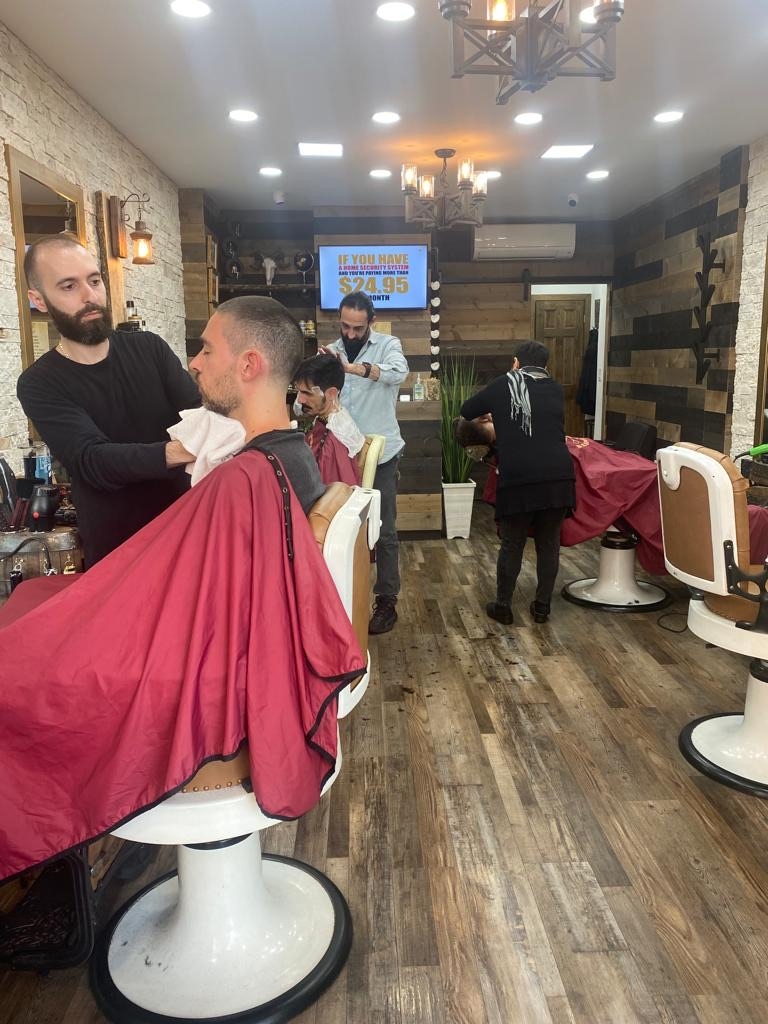
Some common mistakes to avoid when sculpting a beard include trimming too much hair at once, cutting unevenly, or neglecting to follow the natural contours of the face. It is important to take your time and make small, gradual adjustments to avoid any drastic changes that may be difficult to correct. Using the right tools and techniques can help prevent common sculpting errors.
To maintain the shape of a sculpted beard, it is recommended to trim and sculpt it every 1-2 weeks. Regular maintenance helps keep the beard looking neat and well-groomed, while also preventing any overgrowth or unevenness. Consistency in trimming and sculpting will ensure that the beard retains its desired shape and style over time.
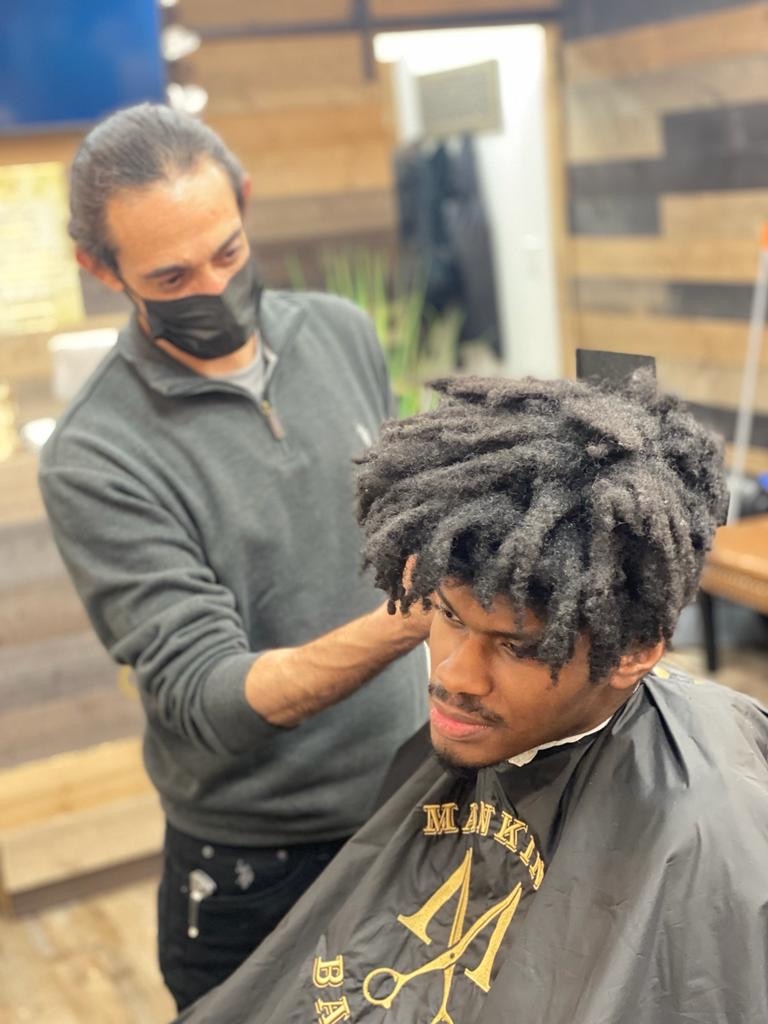
Blending the beard into the hairline for a seamless look requires careful attention to detail and technique. Using a trimmer with different guard lengths can help create a smooth transition between the beard and hair. Gradually tapering the beard towards the hairline and blending any harsh lines or edges will result in a more natural and polished appearance. Taking the time to blend the beard properly can enhance the overall symmetry of the face.
Beard sculpting can indeed help create a more symmetrical and balanced facial appearance by framing the features and enhancing the natural contours of the face. By sculpting the beard to complement the shape of the jawline, cheekbones, and chin, one can achieve a more harmonious and proportionate look. The strategic shaping and grooming of the beard can highlight the best aspects of the face and create a more aesthetically pleasing overall appearance.
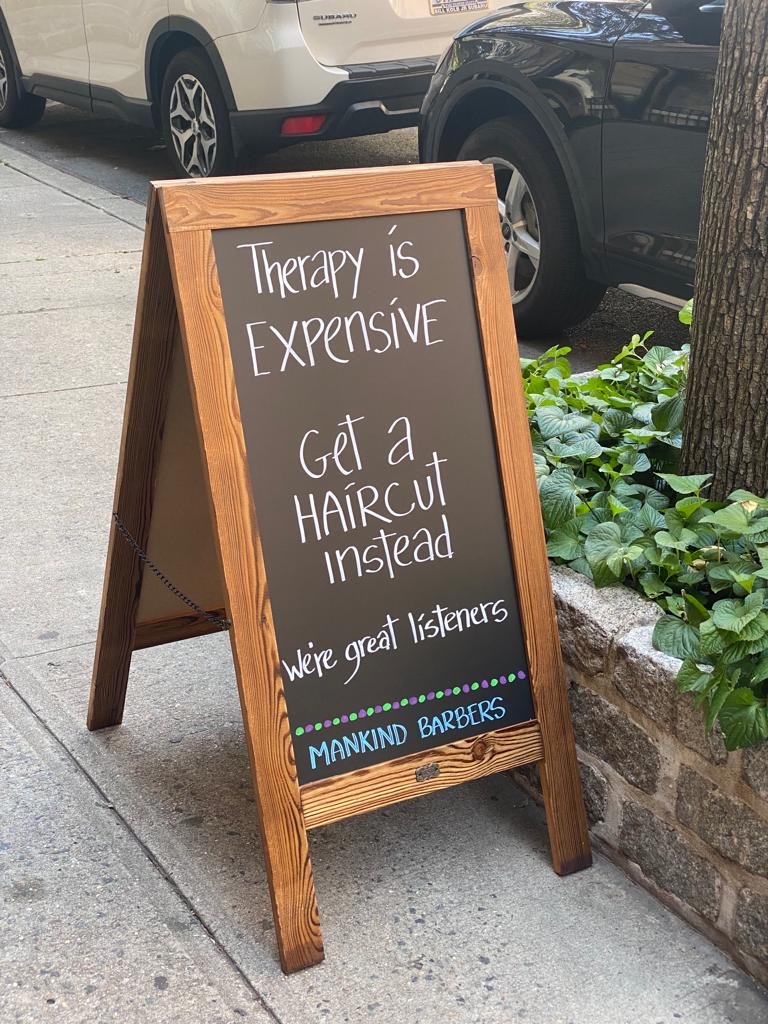
When it comes to curly hair textures, there are several recommended haircuts that can enhance the natural beauty of the curls. Some popular options include layered cuts, which help to reduce bulk and add movement to the hair. Another option is the DevaCut, a specialized haircut designed specifically for curly hair that involves cutting the hair while it is dry to ensure the curls fall in a flattering way. Additionally, a long bob or lob haircut can work well for curly hair, providing a modern and stylish look. It is also important to consider the shape of the face when choosing a haircut for curly hair, as certain styles may be more flattering than others. Overall, consulting with a stylist who specializes in curly hair can help determine the best haircut for individual hair texture and preferences.
Individuals with receding hairlines may benefit from specific haircuts that can help minimize the appearance of thinning hair. Some recommended styles include a short buzz cut, a crew cut, a textured crop, or a side part. These styles can create the illusion of fuller hair and draw attention away from the receding hairline. It is also important to consider consulting with a professional hairstylist who has experience working with thinning hair to determine the best haircut for each individual's unique hairline. Additionally, using volumizing products and avoiding harsh styling techniques can help maintain the health and appearance of the hair.
During a beard trim appointment, it is possible to request a custom beard shape based on the individual's preferences and facial structure. The skilled barber or stylist can use various techniques such as scissor trimming, razor shaping, and detailing to achieve the desired look. It is important to communicate clearly with the professional about the specific style, length, and angles desired for the beard shape. Additionally, discussing any concerns or limitations regarding the natural growth pattern of the beard can help ensure a successful outcome. Overall, the customization of a beard shape during a trim appointment allows for a personalized and tailored grooming experience.
Barbershops offer a variety of specialized treatments for maintaining healthy facial hair, such as beard trims, mustache shaping, and hot towel treatments. These services may also include beard oil applications, beard balms, and beard waxes to help nourish and style the hair. Some barbershops may also offer beard dyeing services for those looking to cover up gray hairs or change their hair color. Additionally, barbers may provide advice on proper beard care routines, including washing, conditioning, and combing techniques. Overall, barbershops provide a range of treatments tailored to keep facial hair looking and feeling its best.